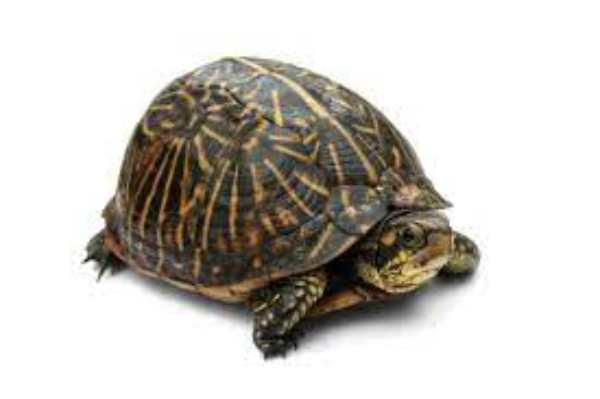The lush, plump, and juicy blackberry, known for its sweet-tart flavor and deep purple hue, is a beloved fruit among humans. But did you know that it’s not just us who can’t resist the allure of these delectable berries? Nature’s table is shared by a diverse range of creatures, some of which have a hankering for blackberries too. In this intriguing exploration, we’ll delve into the delightful world of “Animals That Eat Blackberries.”
From the bustling meadows to the serene woodlands and even your very own backyard, blackberry bushes are a common sight across many landscapes. While we savor them in pies, jams, and fresh off the vine, numerous wildlife species consider blackberries an irresistible seasonal treat.
Whether it’s for sustenance, survival, or simply a sweet indulgence, the animal kingdom has its own blackberry enthusiasts. Join us as we unveil the surprising cast of characters that partake in this fruity feast and discover the fascinating roles blackberries play in their lives.
The Appeal of Blackberries in Nature:
Blackberries possess an irresistible allure in the natural world, enticing a wide array of wildlife with their juicy goodness. Their vibrant color and sweet-tart taste make them a coveted delicacy. Birds, such as robins and thrushes, flock to the bushes in droves during the berry season, gorging themselves to prepare for migration or raise their young.
Small mammals like raccoons and foxes relish the nutrient-rich berries, taking advantage of this seasonal bounty. Even insects, including butterflies and bees, are drawn to blackberry blossoms for nectar and pollen. The appeal of blackberries in nature lies not only in their deliciousness but also in their role as a vital food source for many species, contributing to the intricate web of life within ecosystems.
Overview Of Animals That Eat Blackberries
American Robin:

The American Robin, recognized by its vibrant orange breast and melodious songs, is a common sight in North America. These birds enjoy a varied diet that includes insects, earthworms, and fruits, with blackberries being a cherished summer treat. Their foraging habits play a critical role in seed dispersal, as they consume blackberries and distribute the seeds throughout their territories, contributing to the plant’s propagation.
Northern Mockingbird:
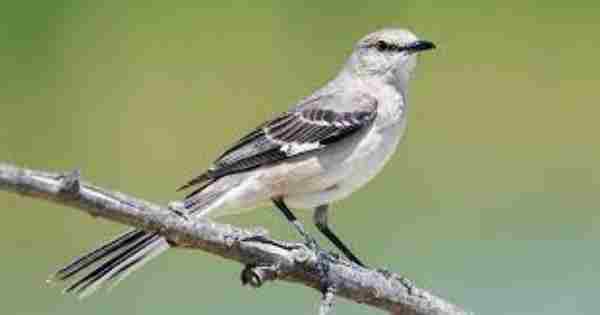
Northern Mockingbirds are known for their remarkable vocal abilities and adaptability. They readily incorporate blackberries into their diet during the berry season. These birds thrive in urban environments, where they often encounter gardens and shrubbery laden with ripe blackberries. Their diverse diet includes insects, fruits, and berries, making blackberries a seasonal delight.
Cedar Waxwing:

Cedar Waxwings are elegant birds with distinctive crests and sleek plumage. They are particularly drawn to blackberries due to their sweet taste. These birds have a penchant for fruits and berries, including blackberries, and often gather in flocks to feast on them. Cedar Waxwings are known for their synchronized feeding, creating a mesmerizing spectacle as they pluck blackberries from bushes.
Eastern Bluebird:

Eastern Bluebirds are charming cavity-nesting birds that readily add blackberries to their menu when they ripen in the summer. These birds are insectivorous by nature but incorporate fruits, including blackberries, into their diet when available. Their striking blue plumage and gentle nature make them a favorite among bird enthusiasts.
European Starling:
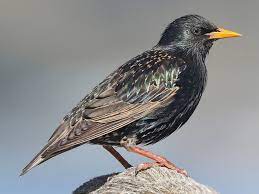
European Starlings, though considered invasive in North America, are opportunistic feeders that readily consume blackberries when they’re in season. These birds have a varied diet that includes insects, fruits, and even garbage. While their presence may not always be welcome, they contribute to blackberry seed dispersal as they consume the fruits.
Blackbird Species (e.g., Red-winged Blackbird):
Blackbirds, including the Red-winged Blackbird, often indulge in blackberries when they are available. Their omnivorous diet includes insects, seeds, and fruits. Red-winged Blackbirds are known for their distinctive red and yellow shoulder patches and are commonly found near wetlands, where they may encounter blackberry patches.
Various Species of Thrushes:
Various species of thrushes, including the American Robin, are known to relish blackberries. Thrushes have a diet that encompasses a wide range of foods, including insects, fruits, and berries. Their musical songs and spotted plumage make them a delightful presence in gardens and forests where blackberries grow.
Black Bear:
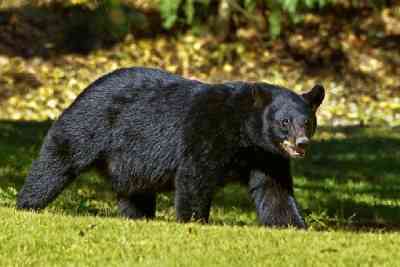
Black bears, formidable omnivorous mammals, are no strangers to the allure of blackberries. When summer and early fall roll around, and the blackberries ripen, these bears eagerly seek out the sweet, energy-rich fruits. Their exceptional sense of smell guides them to blackberry patches, where they skillfully harvest the ripe berries. This seasonal feast serves as a vital source of sustenance, allowing black bears to bulk up before the onset of winter. In the process, they become crucial dispersers of blackberry seeds, contributing to the plant’s proliferation.
Raccoon:

Raccoons, renowned for their cunning and opportunistic foraging, frequently include blackberries in their diet. These nocturnal omnivores have a broad palate that encompasses berries, fruits, insects, and small vertebrates. When blackberries are in season, raccoons can be seen raiding bushes and vines, relishing the juicy fruits.
Their nimble fingers and sharp claws make quick work of extracting the berries from their prickly surroundings. Alongside their consumption, raccoons play a role in blackberry seed dispersal by inadvertently transporting seeds to new locations while foraging for these delectable morsels.
Foxes (e.g., Red Fox):

Foxes, such as the Red Fox, are opportunistic predators with varied diets that adapt to seasonal availability. While their primary diet consists of small mammals and birds, they occasionally indulge in fruits like blackberries when they are accessible. Red Foxes are known for their intelligence and adaptability, making them adaptable feeders that take advantage of the abundance of blackberries during certain times of the year.
Deer:

Deer are herbivorous mammals that typically feed on plants, leaves, and grasses. However, when blackberries are in season, they do not pass up the opportunity to enjoy these sweet, succulent treats. The availability of blackberries adds diversity to their diet, providing them with an additional source of nutrition during the late summer and early fall.
Squirrels (e.g., Eastern Gray Squirrel):
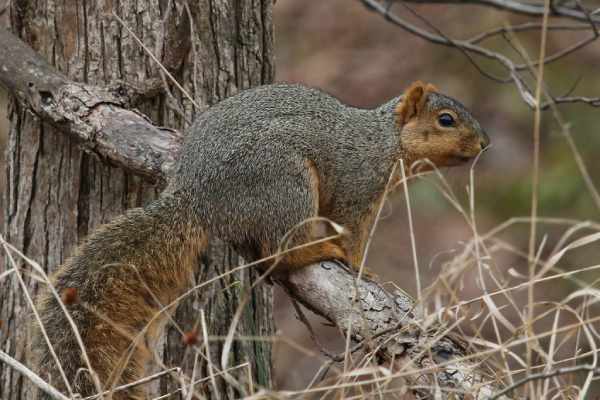
The Eastern Gray Squirrel, commonly found in North American forests and urban areas, eagerly incorporates blackberries into its diet. These agile and adaptable rodents have a diverse menu that includes nuts, seeds, fruits, and even small insects. When blackberries ripen in late summer, squirrels can often be observed climbing into trees and bushes to gather these sweet and nutritious treats. Their foraging activities help disperse blackberry seeds, contributing to the plant’s spread in the environment.
Opossum:
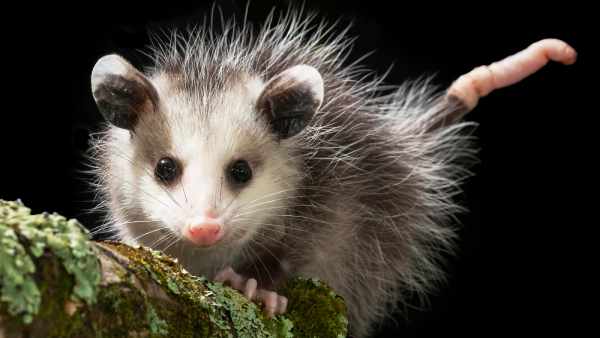
Opossums, often regarded as nature’s clean-up crew, have an omnivorous diet that includes a variety of foods, including fruits like blackberries. These nocturnal marsupials are opportunistic feeders, and when blackberries are available, they are not one to miss out on the feast. Their role as seed dispersers occurs when they consume blackberries and subsequently distribute the seeds throughout their travels.
Skunks:
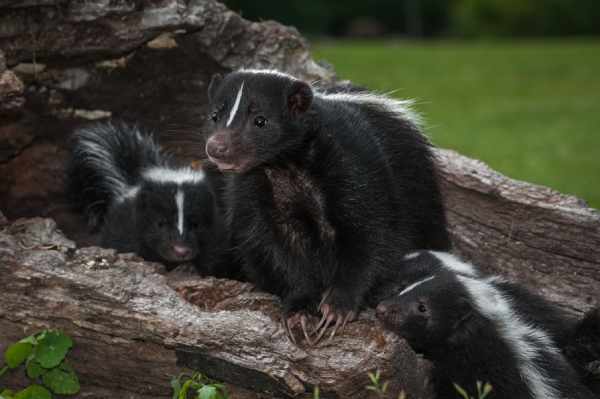
Skunks, known for their distinctive appearance and defense mechanisms, are omnivorous creatures that may include blackberries in their diet. Their diet varies depending on the season and available food sources, and when blackberries are ripe, skunks may sample these fruits. While they are not the primary seed dispersers, skunks may inadvertently aid in the spread of blackberry seeds as they forage in areas with these plants.
Bees (for nectar and pollen):
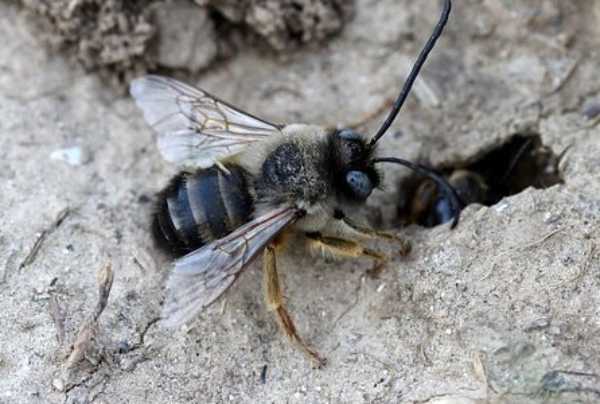
Bees are vital pollinators for many plants, including blackberry bushes. While they do not consume blackberries themselves, they play a crucial role in the reproduction of blackberry plants. Bees visit blackberry blossoms to collect nectar and pollen, inadvertently transferring pollen from one flower to another in the process. This pollination is essential for the development of blackberry fruits.
Butterflies (for nectar):

Butterflies, like bees, are attracted to the sweet nectar of blackberry blossoms. While they primarily feed on nectar from flowers, blackberry flowers provide them with an energy source during their short but active lives. As butterflies visit blackberry bushes to sip nectar, they contribute to the plant’s pollination by transferring pollen from flower to flower.
Ants (occasionally):

Ants are primarily scavengers and foragers, and while they may not be frequent consumers of blackberries, they can occasionally be found visiting fallen or damaged berries to scavenge for bits of sweet pulp. Their interactions with blackberries are typically incidental, as they search for other food sources.
Box Turtles (insects and fruits make up part of their diet):
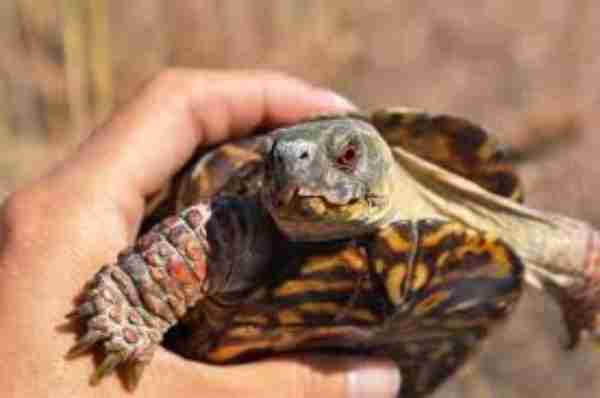
Box turtles are omnivorous reptiles that have a varied diet consisting of both plant and animal matter. While they primarily consume insects and vegetation, they may occasionally encounter and consume blackberries when they are available. These fruits provide a source of hydration and nutrients to box turtles, especially during the summer months.
Role of Blackberry Consumption in Animal Diets:
Blackberries play a crucial role in the diets of various animals, providing essential nutrients, energy, and hydration. For herbivores like deer and rabbits, blackberry leaves offer a nutritious green supplement. Omnivorous species, such as bears and raccoons, rely on the high-calorie content of blackberries to fatten up for hibernation or to sustain themselves throughout the year. Birds that consume blackberries benefit from the antioxidants and vitamins in the fruit, aiding their overall health. Insects, like bees, benefit from the nectar of blackberry blossoms as a source of energy and sustenance. These berries serve as a cornerstone in the diets of many creatures, helping them thrive and contributing to the balance of ecosystems.
Ethical Considerations:
While the consumption of blackberries by animals is a natural and essential part of the ecosystem, ethical considerations arise when humans interact with these creatures or their habitats. For instance, in suburban areas, conflicts may emerge between wildlife and human interests. Gardeners may face challenges protecting their berry crops from animals, which can lead to debates about whether to share or deter these hungry visitors.
Ethical choices also come into play when considering the use of pesticides or other chemical deterrents to protect blackberry crops, as these can have unintended consequences for non-target species. Striking a balance between human interests and respecting the needs of wildlife raises ethical questions that require thoughtful consideration and responsible stewardship of the environment.
Final Words:
In the grand tapestry of nature, blackberries serve as a vital thread connecting various species and ecosystems. Their appeal extends far beyond human taste buds, drawing in animals from birds to mammals, insects to reptiles, and more. Recognizing the role of blackberries in nature’s menu is a testament to the intricate relationships that define our planet’s biodiversity.
As stewards of the environment, it is our responsibility to consider the ethical implications of our interactions with wildlife and to find sustainable ways to coexist. By appreciating the significance of blackberries in the diets and lives of animals, we gain a deeper understanding of the delicate balance that sustains our natural world and the role we play in preserving it for generations to come.
Reference:
- https://www.akc.org/expert-advice/nutrition/can-dogs-eat-blackberries
- https://www.petmd.com/cat/which-fruits-can-cats-eat#
- https://health.clevelandclinic.org/benefits-of-blackberries/
A motivated philosophy graduate and student of wildlife conservation with a deep interest in human-wildlife relationships, including wildlife communication, environmental education, and conservation anthropology. Offers strong interpersonal, research, writing, and creativity skills.

